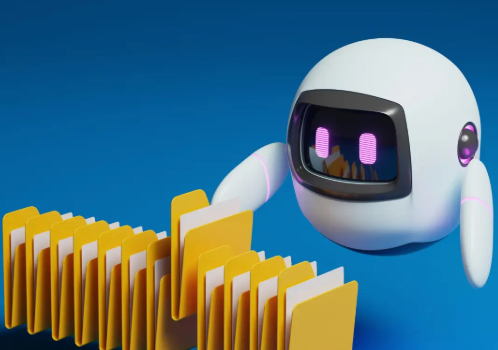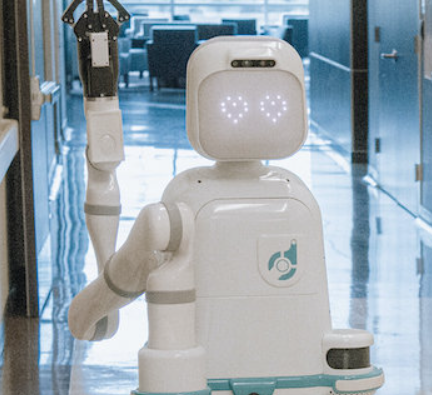
As we bid farewell to 2022, it’s worth taking a closer look at the transformative strides robotics has made throughout the year. From labor shortages driving automation to the expansion of collaborative technologies, robotics has firmly cemented its place across industries. Let’s delve into the key highlights of the year and explore what lies ahead in 2023.
AI Integration and Mobile Robotics Take Center Stage
This year marked a significant leap in how Artificial Intelligence is being integrated into mobile robots. With enhanced sensory capabilities—particularly in vision and decision-making—robots are now better equipped to interpret data, adapt to changing environments, and function autonomously. These advances are reshaping industrial processes and pushing the boundaries of automation.
The Workforce Challenge Fueling Automation
Labor shortages continue to pressure industries to find sustainable solutions, especially for roles deemed repetitive, strenuous, or unappealing to human workers. In this context, automation is more than a convenience—it’s a necessity. The International Federation of Robotics reported that 2021 witnessed over 500,000 new industrial robot installations, a milestone that sets the pace for an anticipated 700,000 units annually by 2025.
Robots and Job Creation: A Complex Dynamic
Contrary to fears of job displacement, automation is contributing to business growth and, in turn, creating new job opportunities. By taking over physically demanding or monotonous tasks, robots enable companies to scale operations, thereby generating demand for skilled labor in programming, maintenance, and system management.
A Boost in Robotics Research and Development
The COVID-19 pandemic underscored the importance of resilient and flexible industrial solutions—robotics being chief among them. In response, governments and institutions worldwide have ramped up funding for robotics R&D. This sustained investment is crucial for fostering innovation and accelerating the development of next-generation robotic systems.
The Rapid Rise of Collaborative Robots
Collaborative robots, or cobots, have experienced a notable surge in adoption. Unlike traditional robots that operate in isolated spaces, cobots are designed to work safely alongside human operators. The global market for these machines is expanding rapidly, with annual growth rates averaging around 40%, signaling a major shift in how automation is implemented on factory floors.
Looking Ahead: Key Robotics Trends for 2023
As we enter a new year, several forward-looking trends are poised to shape the future of robotics:
Cybersecurity for Autonomous Systems
With the proliferation of connected robotic systems comes an increased need for cybersecurity. Autonomous robots are just as susceptible to digital threats as any other internet-enabled device. Securing these systems will require collaborative efforts among policymakers, engineers, and industry leaders to develop standards and countermeasures against data breaches and other cyber risks.
Continued Expansion of AI Capabilities
Artificial Intelligence is no longer experimental—it’s foundational. 2023 will see heightened investment in AI infrastructure and research, aiming to refine algorithms and reduce the margin for error in robotic operations. This technological maturation will empower robots with even greater efficiency and adaptability.
Sustainability Through Automation
The shift toward robotic solutions is proving to be environmentally beneficial. From reducing energy consumption to lowering emissions, mobile robots contribute to greener operations across sectors. Their efficient resource usage and integration with cleaner energy sources support broader sustainability goals.
Smarter, More Agile Mobile Handling Systems
Modern industries demand more flexible automation solutions. Enter autonomous mobile manipulators—robots that combine mobile platforms with robotic arms. These units can move between workstations and perform complex handling tasks without needing static infrastructure, reducing setup costs and increasing operational agility.
In summary, 2022 has been a landmark year for robotics, with foundational progress in AI integration, collaborative solutions, and sustainable automation. As we move into 2023, the field is set to grow even more dynamic, innovative, and impactful across both industrial and societal domains.












